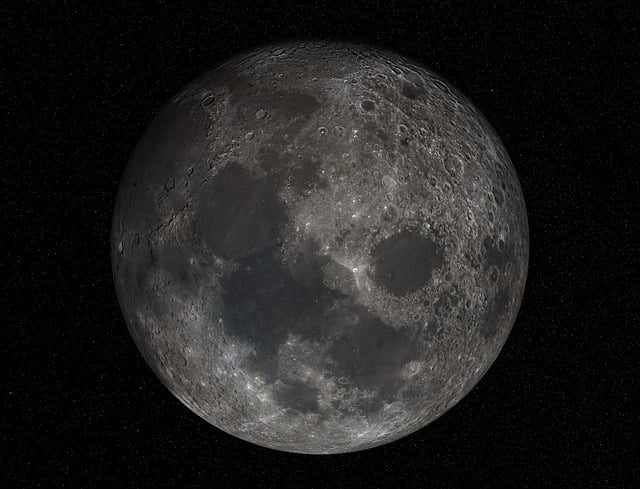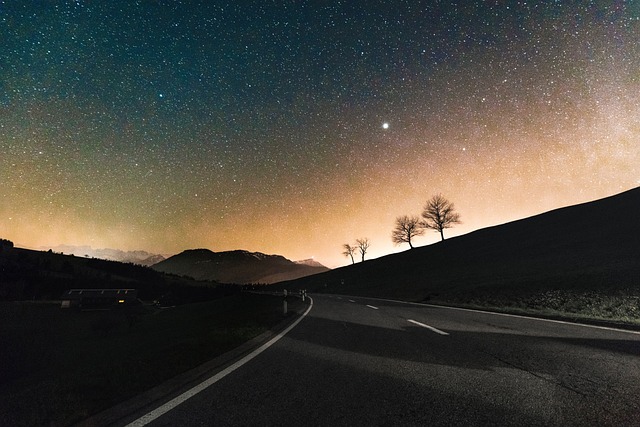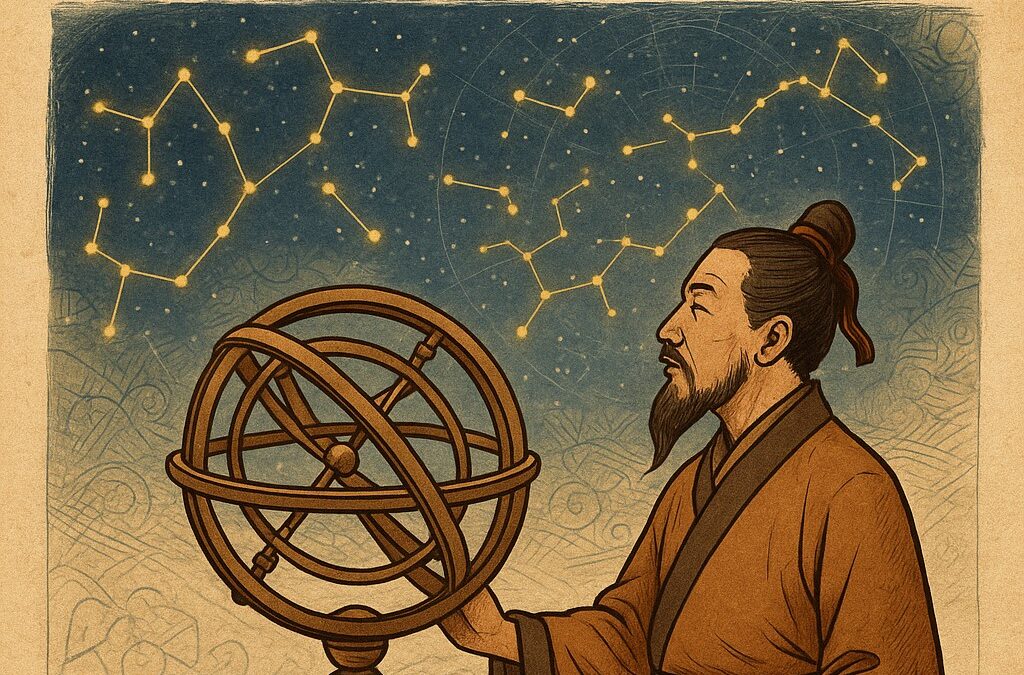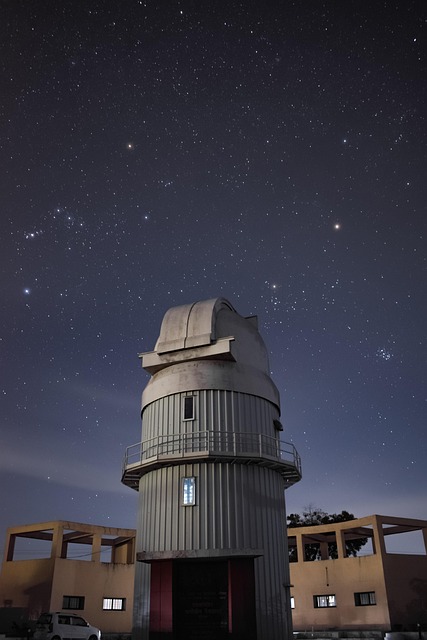Hey there, space enthusiasts! Ever wondered about the breathtaking beauty of the cosmos? Well, today we’re turning our gaze towards a truly spectacular subject: the young star cluster NGC 346. Thanks to the incredible capabilities of the Hubble Telescope NGC 346, we’re getting an unprecedented look at this stellar nursery, a place where stars are born and sculpted by the forces of creation and destruction. The Hubble Telescope NGC 346 has been celebrating its 35th anniversary, and to mark the occasion, it has offered us a fresh perspective on the dynamic processes that shape galaxies and the birth of stars.
Table of Contents
So, let’s dive in and explore the wonders the Hubble Telescope NGC 346 has revealed. We’ll be taking a closer look at the cluster, its environment, and the intricate dance of forces that shape it. The Small Magellanic Cloud, where NGC 346 resides, offers a unique glimpse into the early universe. Moreover, the Hubble Telescope NGC 346 provides invaluable insights into these processes.
We also Published
The cosmos, a realm of breathtaking beauty and profound mystery, has always captivated the human spirit. From the earliest stargazers to the modern-day astronomers, the allure of the celestial sphere has driven us to explore, to question, and to understand. Today, we delve into the wonders unveiled by the Hubble Space Telescope, a testament to human ingenuity and collaborative spirit. Specifically, we will explore the recent observations of the young star cluster NGC 346, a celestial nursery sculpted by the forces of creation and destruction. This exploration, commemorating the 35th anniversary of the Hubble Space Telescope, offers a fresh perspective on the dynamic processes that shape galaxies and the birth of stars, using the latest data and advanced processing techniques to enhance the existing knowledge.
Hubble’s Stellar Anniversary: A New Glimpse of NGC 346
The European Space Agency (ESA) and NASA’s Hubble Space Telescope celebrate 35 years of groundbreaking astronomical discoveries with a new series of images, offering a fresh perspective on the universe’s most fascinating phenomena. These images revisit previously observed targets, enhanced with the latest data and advanced processing techniques, providing unprecedented detail and clarity. Among these remarkable images is a stunning view of the young star cluster NGC 346, nestled within the Small Magellanic Cloud. This image, a composite of infrared, optical, and ultraviolet wavelengths, allows us to peer into the heart of a stellar nursery, witnessing the birth and evolution of stars in real-time. The Hubble Space Telescope, a joint endeavor between NASA and ESA, continues to push the boundaries of our knowledge, revealing the secrets of the cosmos and inspiring awe in all who behold its images.
NGC 346, a vibrant star cluster, is a captivating subject for astronomical study. Situated within the Small Magellanic Cloud (SMC), a satellite galaxy of our own Milky Way, it resides approximately 200,000 light-years away. The SMC, known for its lower abundance of heavy elements compared to our galaxy, offers a unique glimpse into conditions reminiscent of the early universe. This makes NGC 346 an invaluable laboratory for understanding star formation in environments different from our own. The cluster itself is teeming with over 2,500 newborn stars, including massive, luminous stars that bathe the surrounding nebula in intense blue light. These stellar giants, with their powerful radiation and stellar winds, sculpt the surrounding environment, creating the breathtaking beauty we observe. This dynamic interplay between stars and their surroundings is a fundamental aspect of galactic evolution, and Hubble’s observations provide invaluable insights into these processes.
Unveiling the Cosmic Sculptors: The Dynamics of Star Formation
The Hubble Space Telescope’s observations of NGC 346 reveal a fascinating interplay of forces, shaping the cluster and its surrounding nebula. The young stars within the cluster are not merely passive inhabitants; they are active sculptors, their intense radiation and stellar winds carving out the surrounding gas and dust. This process, known as stellar feedback, is a crucial factor in regulating star formation within galaxies. The intense ultraviolet light emitted by these massive stars ionizes the surrounding gas, creating a glowing pink nebula, a signature of star-forming regions. Furthermore, the stellar winds, streams of particles ejected from the stars, sweep away the remaining gas and dust, clearing the way for new stars to form. This dynamic process is a constant cycle of creation and destruction, shaping the evolution of the cluster and its environment. The study of NGC 346 provides valuable insights into the mechanisms that govern star formation in various environments.
Hubble’s observations have also revealed the intricate motions of the stars within NGC 346. These stars are not static; they are spiraling towards the cluster’s center, a motion fueled by the influx of gas from the surrounding environment. This gas, drawn into the cluster by gravitational forces, provides the raw material for new star formation. The process is a delicate balance, where the inward pull of gravity is counteracted by the outward pressure of radiation and stellar winds. The cluster’s environment is further shaped by the nebula, named N66, a prime example of an H II region, illuminated by the ultraviolet light from the young stars. The study of these motions and interactions allows astronomers to understand the mechanisms that drive star formation and the evolution of star clusters. The Hubble Space Telescope’s continued observations of NGC 346 provide crucial data for understanding the complex interplay of forces that shape the cosmos.
Deciphering the Secrets of N66: A Stellar Nursery in Detail
The nebula surrounding NGC 346, designated N66, is a spectacular example of an H II region, a cosmic canvas painted by the ultraviolet light of young, massive stars. This glowing nebula is not merely a backdrop; it is an active participant in the star formation process. The intense radiation from the stars ionizes the surrounding gas, causing it to emit light at various wavelengths, creating the vibrant colors observed in Hubble’s images. The shape and structure of N66 are sculpted by the interplay of stellar winds, radiation pressure, and the distribution of gas and dust. The study of N66 provides insights into the physical conditions within star-forming regions, including the temperature, density, and chemical composition of the gas. These factors play a crucial role in determining the rate and efficiency of star formation. The detailed observations of N66 allow astronomers to test and refine their models of star formation, providing a deeper understanding of the processes that shape galaxies.
The Hubble Space Telescope’s ability to observe at various wavelengths, including infrared, optical, and ultraviolet, is essential for understanding the complex processes within N66. Each wavelength reveals different aspects of the nebula, providing a comprehensive view of its structure and composition. Infrared observations can penetrate the obscuring dust clouds, revealing the embedded young stars and the processes of star formation that are hidden from view in visible light. Optical observations provide detailed information about the ionized gas and the distribution of stars. Ultraviolet observations highlight the energetic processes associated with the massive stars, such as their radiation and stellar winds. By combining data from multiple wavelengths, astronomers can create a complete picture of N66, revealing the intricate interplay of forces that shape this stellar nursery. The ongoing observations of N66 by the Hubble Space Telescope continue to provide invaluable data for understanding the dynamics of star formation and the evolution of galaxies.
Hubble’s Legacy: A Window into the Early Universe
The Hubble Space Telescope’s observations of NGC 346 and the Small Magellanic Cloud offer a unique window into the early universe. The SMC, with its lower abundance of heavy elements, provides a glimpse into conditions that were prevalent in the early stages of galactic evolution. In the early universe, the building blocks of stars and galaxies were less enriched with heavy elements, which are forged in the cores of massive stars and dispersed into the interstellar medium through supernovae. The study of NGC 346 allows astronomers to investigate how star formation proceeds in these less chemically evolved environments. This helps us understand how the first stars and galaxies formed and how they shaped the universe we see today. The Hubble Space Telescope’s ability to observe distant galaxies and star clusters provides invaluable insights into the evolution of the cosmos.
The ongoing legacy of the Hubble Space Telescope is a testament to the power of international collaboration and human curiosity. The telescope, a joint project between NASA and the European Space Agency (ESA), has revolutionized our understanding of the universe. Its observations have provided groundbreaking insights into a wide range of astronomical phenomena, from the formation of stars and galaxies to the expansion of the universe. The data collected by Hubble is used by scientists around the world, and it continues to inspire new generations of astronomers and space enthusiasts. The telescope’s longevity and its ability to adapt to new technologies have allowed it to remain at the forefront of astronomical research for over three decades. The Hubble Space Telescope’s continued observations of NGC 346 and other celestial objects will undoubtedly lead to further discoveries, deepening our understanding of the universe and our place within it. The future of space exploration promises even more exciting revelations, building upon the foundation laid by Hubble’s remarkable achievements.
We also Published
RESOURCES
- NGC 346 | ESA/Hubble
- Hubble Captures Unique Ultraviolet View of a Spectacular Star …
- NGC 346 in the Small Magellanic Cloud | HubbleSite
- NGC 346: Hubble and Webb Observations | Webb
- NASA’s Webb Captures an Ethereal View of NGC 346 – NASA
- The Star-forming Region NGC 346 in the Small Magellanic Cloud …
- NGC 346 (Hubble) | ESA/Webb
- NGC 346 – Wikipedia
- This new NASA/ESA Hubble Space Telescope image of NGC 346 …
- Hubble spots star cluster NGC 346






0 Comments